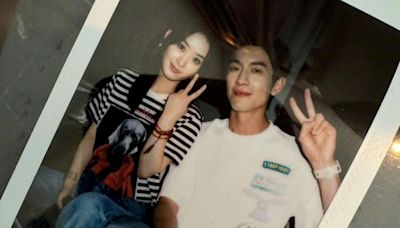搜尋結果
2019年3月13日 · 1. "Relocalization is a strategy to build societies based on the local production of food, energy and goods, and the local development of currency, governance and culture. The main goals of relocalization are to increase community energy security, to strengthen local economies, and to improve environmental conditions and social equity.
Definition. "People’s organizations (POs), unlike NGOs, are established by and represent sectors of the population like small farmers, artisanal fisherfolk, slum dwellers and others. POs take a wide variety of forms and exist at various levels. - Community-based organizations (CBOs) mobilize and represent local populations and directly ...
Learning II is learning to learn. Learning III - Hyper-complexity: Learning III is a change in the process of Learning II, e.g. a corrective change in the system of sets of alternatives from which a choice is made. It works much as Learning II but on a higher level of abstraction. Bateson points out that this level of learning is never achieved ...
1. The planning dimension. This is the goal-oriented, ends and means, aspect of facilitation. It is to do with the aims of the group, and what programme it should undertake to fulfil them. The facilitative question here is: how shall the group acquire its objectives and its programme? 2. The meaning dimension.
= approach proposed by Chloé Valdary and her work around a Theory of Enchantment. Discussion Steven J. Lawrence: "I’ve chosen to highlight the work of Chloé Valdary, the founder of a program for what she has called “compassionate antiracism”. I believe her ...
Natalie has also taught courses in social informatics and computing, information management, information organization, and information sources and searching. Prior to joining Nanyang Technological University she has also worked in The Gallup Organisation, where she was involved with Gallup’s research in behavioural economics and The Gallup ...
From its inception, the Arduino was developed to engage artistic and design-oriented minds. Barragán, an artist and designer, created the Wiring microcontroller to be used as a tool for a parsing data to electronics. He intended it to be used by a “non-technical” audience: “artists, designers, and architects,” in short, not requiring ...




